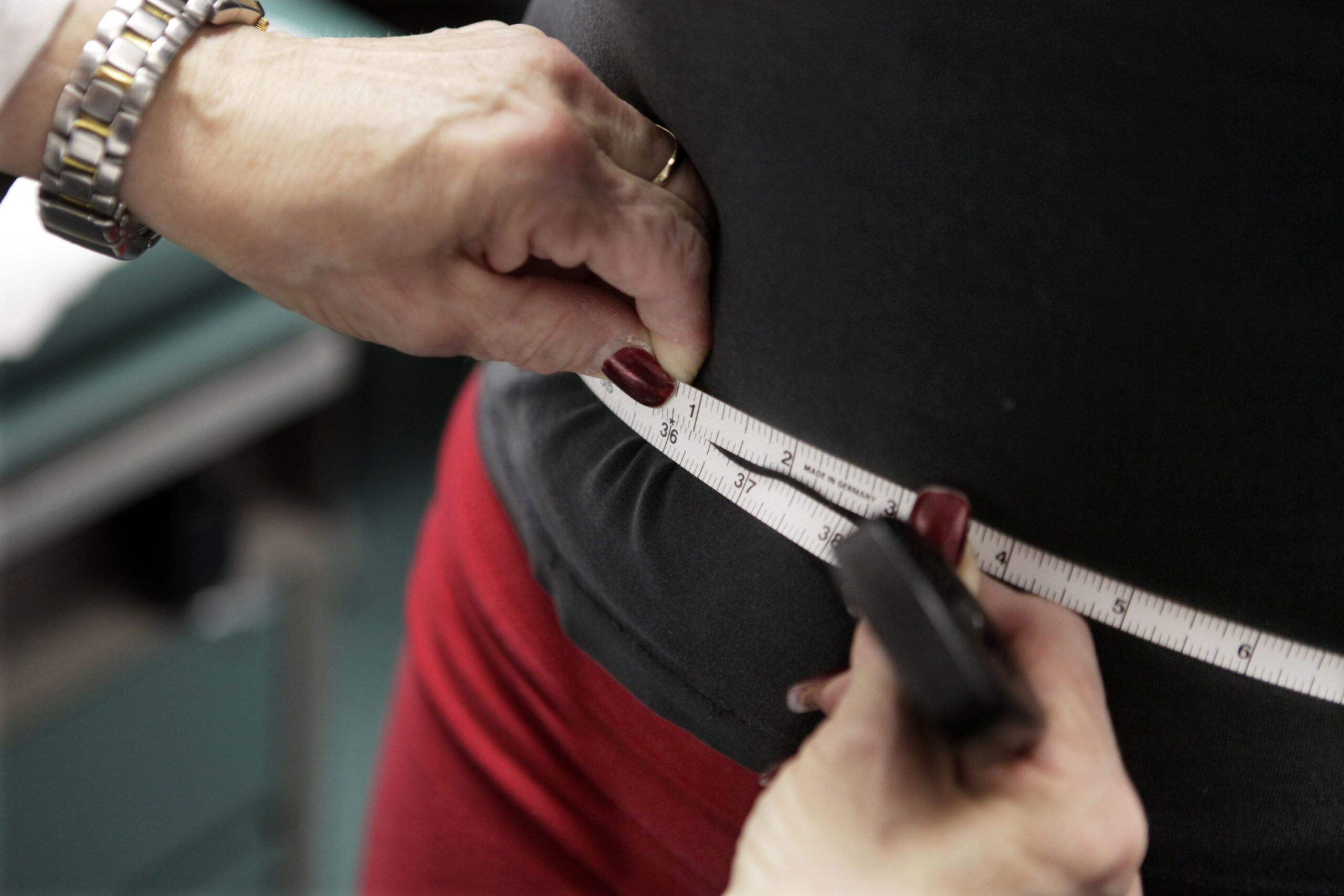A physical inactivity pandemic crisis is sweeping the United States, and is now being labelled a “crisis” by researchers from the University of Illinois-Chicago (UIC). Dr. Ross Arena, founder of the Healthy Living for Pandemic Event Protection (HL-PIVOT) Network and a professor in UIC’s Department of Physical Therapy, remarks that physical activity levels across the country are “unacceptably low and have not appreciably improved over the past decade.”
UIC researchers have identified that social vulnerability, including factors such as socioeconomic status and household characteristics, has a significant impact on the prevalence of physical inactivity in the U.S. This is reflected in a notable diversity in social vulnerability across the country, with areas exhibiting higher levels of socioeconomic disadvantages posing a greater risk of physical inactivity.
What further raises concerns is the identification of a “social vulnerability belt” spanning across a large portion of the southern U.S. and parts of northern and western Alaska, highlighting areas where incidences of physical inactivity are most pronounced. This overlap in the distribution of the Social Vulnerability Index (SVI) and physical inactivity prevalence suggests that regional culture may be playing a significant role in these adverse phenomena.
To gain additional insights into factors contributing to physical inactivity, UIC researchers utilized county-level data on physical inactivity prevalence. This unique approach gives them a more granular understanding of how social vulnerability and physical inactivity are intertwined, and how physical inactivity impacts specific geographic regions.
UIC researcher Dr. Ross Arena, emphasizes the gravity of the situation, calling attention to the fact that physical inactivity is “a pandemic within a pandemic” and the need to address this crisis proactively. This calls for a multi-pronged approach to tackling the physical inactivity pandemic, especially in regions with high social vulnerability.
Physical inactivity is a crucial public health issue that has been frequently overlooked, given its growing prevalence within the country. UIC’s researchers’ findings underscore the importance of addressing the issue of physical inactivity in a comprehensive and targeted manner, taking into account regional and social vulnerabilities. There is no time to delay, given the dire consequences the physical inactivity pandemic could bring to the country’s healthcare systems and citizens.

















